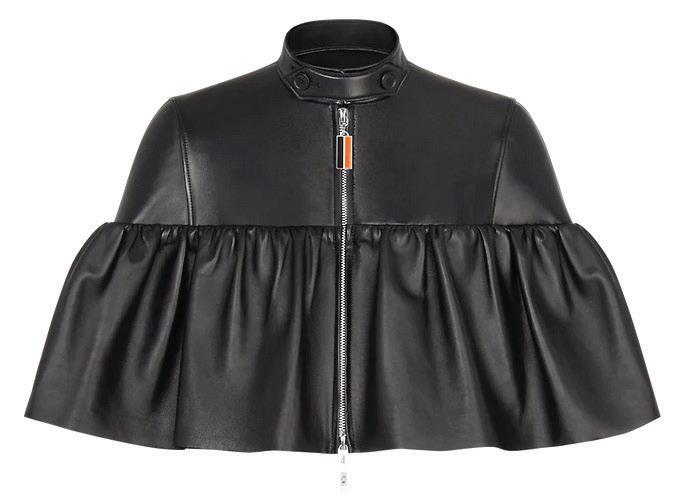{ POWER FOOD }
Hemp Makes A Comeback Foods derived from this ancient crop, rich with health benefits, are enjoying a new surge of popularity.
Can you guess what once disreputable plant has floated onto America’s mainstream culinary scene? It’s cannabis sativa, source of the drugs marijuana and hashish. The plant also produces hemp, which is used for both fiber and food. Hemp is far from new—its history goes back 10,000 years, making it one of civilization’s oldest cultivated crops; farmers grew it in our nation’s earliest days. But the cannabis plant’s use for illegal substances caused the federal government to ban its cultivation in 1970. That prescription was reversed with the 2018 farm bill, which made it legal to cultivate plants that contained no more than 0.3 percent tetrahydrocannabinol (THC), the compound in marijuana that creates an inebriating effect. Since then, hemp food products, as well as items with the hemp-derived cannabidiol (CBD) oil, have become available at most major supermarkets. Even New Jersey native Martha Stewart has embraced the trend, introducing CBD-infused gummy bears and other products made with 100 percent U.S.-grown hemp to her eponymous line last fall. So no, eating hemp—or CBD products—won’t get you stoned or even lead to a positive drug test, but experts are high on this ancient plant’s many health benefits. POWER UP Like most nuts and seeds, hemp seeds are rich in protein and healthy fats. One ounce, or a little less than three tablespoons, of shelled hemp seeds (also
system and muscles. It also contains 3.2 milligrams of zinc (21 percent DV), also needed for immune health, and 2.7 milligrams of blood-building iron (or 15 percent DV). CBD oil, which has likewise been gaining popularity, is being studied as a treatment for varied conditions ranging from anxiety to post-traumatic stress disorder, and is widely considered an antioxidant.
called hemp hearts) contains about 160 calories, roughly the same as an ounce of peanut butter. Those few spoonfuls bring 10 grams of protein and 12.6 grams of fat. Most of the fat is polyunsaturated, including omega-3 and omega-6 fatty acids, both of which are beneficial to cardiac health and, according to the American Heart Association, can lower the risk of heart disease and stroke. That three-tablespoon serving of hemp hearts has about a gram of fiber, but if you want to boost those digestive benefits, eat a similar-sized serving of seeds with the shells intact for a whopping nine grams of fiber. Hemp seeds are also rich in minerals. A serving will deliver 179 milligrams (or 45 percent of the daily recommended amount) of magnesium, which supports the body’s nervous system, immune
BUY/STORE/SERVE Hemp is sold as full seeds, hulled hearts, protein powder, a dairy milk alternative and a cold-pressed oil. The unshelled seeds are best when toasted and go well on salads or in soups. The hearts, which look a bit like couscous and have a subtle nutty flavor, go well over yogurt or mixed with granola, cereal or oatmeal. Martha Stewart suggests coating a peeled banana with a nut butter of your choice and rolling it in hemp hearts for a proteinpacked, sweet snack. The milk and protein powder both add a health boost to a fruit or veggie smoothie. The oil retains its nutrients best when not heated, so it’s not ideal for cooking if you are hoping to reap the full benefits. Instead, drizzle it over greens for a hearthealthy salad dressing. Note: If you are hoping to grow your own hemp, it’s still not legal in New Jersey without a license. Hemp seeds, however, have a long shelf life, staying fresh for several months in a dry pantry or up to a year in the fridge. —Liz Donovan
DID YOU KNOW? You’re likely carrying pictures of hemp farmers in your purse or pocket—that is, if you have a quarter (George Washington) or a nickel (Thomas Jefferson). MONMOUTHHEALTHANDLIFE.COM
MON.0321.powerfood 3.indd 68
68
APRIL/MAY 2021
4/1/21 10:19 AM








